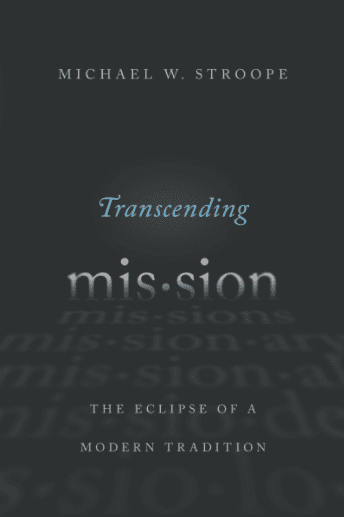Duane Litfin weighs in on how what we wear to church reflects more than what we wear. I have lived through the days when we wore our Sunday best to now wearing blue jeans.
What do you think? Does what we wear say something more?
I want to suggest that church services have changed in emphasis — from a worship service more to instruction, education, fellowship, etc — and I wonder if this is as much the reason for the change in clothing. In other words, do we compare our attire at church to the priests in the temple? Is the NT gathering likened to a worship service or to the temple? How does the NT describe the weekly gathering, or any gathering? What was its primary function?
The so-called “worship wars” of recent years may have produced a winner. Many congregations remain divided between traditional and contemporary styles, but in most places the contemporary appears to have gained the upper hand.
What’s more, our worship services have become increasingly relaxed and informal affairs. You can see it in what we wear. Church for today’s worshipers is not a dress-up event. Whatever is clean and comfortable seems sufficient. Christian students in particular have been taught by their seniors — or has it been the reverse?— that when it comes to church, attire doesn’t much matter. They understand there is nothing particularly spiritual about a dress or a coat and tie. God is scarcely impressed by such things. “People look at the outward appearance,” we are reminded, “but the LORD looks at the heart” (1 Sam. 16:7)….
These changes are part of a broad shift toward the convenient and comfortable. It’s a shift we see on display every week in our worship services. In many churches casual wear is de rigueur. It’s easy to imagine how one might look over-dressed there, but less easy, short of immodesty, to imagine being under-dressed. Jeans or shorts, tee shirts or tank tops, flip-flops or sandals: these draw scarcely any attention, while full dresses or a suit and tie appear strangely out of place. Relaxed, even rumpled informality is in; suiting up in our “Sunday best” is out. The question I want to raise here is, What should we make of this shift in worship attire?
Many seem convinced it’s a good thing, because, again, it’s the heart that counts. Yet precisely for this reason—because it’s the heart that counts—I want to suggest that what we wear in our public worship may matter more than we think….
Our internal and external states cannot be so easily disentangled. The fact is, when it comes to how we clothe ourselves, our external appearance is often an expression of our internal state. Thus our worship attire may matter more than we think….
And what of our worship attire? We deceive ourselves when we breezily claim that God does not care what we wear to church. God cares about our hearts, and what we wear is often an expression of our hearts. So what does our relaxed worship attire say about us?…
None of the above leaves us with a dress code for public worship. It certainly does not translate automatically into coats and ties for men and fancy dresses for women. Idealizing bygone eras won’t work here; the meaning of human clothing is too contextual for that. It varies too widely from place to place and time to time, and there are too many other variables to consider. We are left having to judge for ourselves what is appropriate for worship and what is not.
But all of the above should at least warn us away from the glib assumption that God does not care about what we wear to church; or that what I choose to wear for worship doesn’t matter; or that how I dress for church is a purely personal affair; or that my own convenience and comfort are all that need concern me. The truth is, one of the ways we express ourselves as human beings is by the way we dress. Wittingly or unwittingly, our clothing gives us away. God certainly does not need this expression to know our hearts. But as for the rest of us, we do indeed look on the outward appearance, even when peering into our own mirrors. In this way the clothes we choose for church may have things to tell us about our hearts that God already knows, but that we need to hear….
We express this embodied totality in corporate worship through our shared symbols, rites, and rituals; through our posture and gestures as we bow, kneel, or lift our hands; through our actions when we stand or sit in unison or pour out our hearts musically in congregational song. And our clothing belongs on this list. By it we express to God and those around us what this occasion means to us. This is why, when we come to church, our clothing matters.











